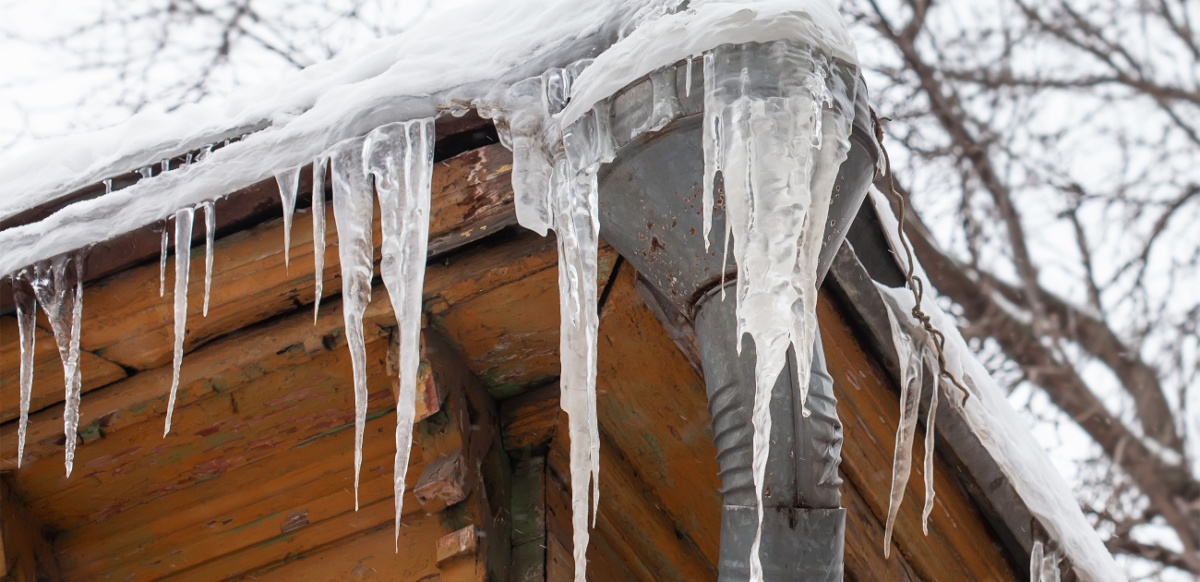Tips to Protect Pipes from Cold Weather Damage: Important Guidance
Tips to Protect Pipes from Cold Weather Damage: Important Guidance
Blog Article
What are your opinions about Prevent Frozen Pipes ?

Cold weather can damage your pipes, particularly by freezing pipelines. Below's exactly how to avoid it from occurring and what to do if it does.
Introduction
As temperatures drop, the threat of icy pipes rises, possibly causing costly repair services and water damage. Recognizing exactly how to avoid frozen pipelines is vital for property owners in cool environments.
Prevention Tips
Insulating susceptible pipelines
Cover pipelines in insulation sleeves or make use of warmth tape to protect them from freezing temperature levels. Concentrate on pipelines in unheated or external locations of the home.
Heating techniques
Keep indoor areas appropriately warmed, particularly areas with pipes. Open up cabinet doors to permit warm air to circulate around pipes under sinks.
Just how to identify frozen pipelines
Seek decreased water circulation from taps, unusual smells or noises from pipes, and noticeable frost on exposed pipes.
Long-Term Solutions
Structural changes
Think about rerouting pipes away from outside wall surfaces or unheated areas. Add added insulation to attic rooms, basements, and crawl spaces.
Upgrading insulation
Purchase top quality insulation for pipes, attic rooms, and wall surfaces. Correct insulation aids keep consistent temperatures and reduces the threat of icy pipelines.
Shielding Exterior Pipes
Yard pipes and outside faucets
Disconnect and drain pipes yard hose pipes before winter. Mount frost-proof faucets or cover outdoor taps with shielded caps.
Comprehending Frozen Pipelines
What causes pipelines to freeze?
Pipelines freeze when exposed to temperature levels below 32 ° F (0 ° C) for prolonged periods. As water inside the pipes ices up, it expands, taxing the pipe wall surfaces and possibly creating them to break.
Threats and damages
Frozen pipes can lead to water interruptions, residential property damages, and pricey fixings. Ruptured pipelines can flood homes and create considerable structural damages.
Indicators of Frozen Piping
Identifying icy pipes early can avoid them from rupturing.
What to Do If Your Pipelines Freeze
Immediate actions to take
If you presume icy pipes, keep taps open up to relieve stress as the ice melts. Use a hairdryer or towels taken in warm water to thaw pipes gradually.
Verdict
Stopping frozen pipelines requires aggressive procedures and quick feedbacks. By comprehending the reasons, indications, and safety nets, property owners can protect their plumbing throughout cold weather.
5 Ways to Prevent Frozen Pipes
Drain Outdoor Faucets and Disconnect Hoses
First, close the shut-off valve that controls the flow of water in the pipe to your outdoor faucet. Then, head outside to disconnect and drain your hose and open the outdoor faucet to allow the water to completely drain out of the line. Turn off the faucet when done. Finally, head back to the shut-off valve and drain the remaining water inside the pipe into a bucket or container. Additionally, if you have a home irrigation system, you should consider hiring an expert to clear the system of water each year.
Insulate Pipes
One of the best and most cost-effective methods for preventing frozen water pipes is to wrap your pipes with insulation. This is especially important for areas in your home that aren’t exposed to heat, such as an attic. We suggest using foam sleeves, which can typically be found at your local hardware store.
Keep Heat Running at 65
Your pipes are located inside your walls, and the temperature there is much colder than the rest of the house. To prevent your pipes from freezing, The Insurance Information Institute suggests that you keep your home heated to at least 65 degrees, even when traveling. You may want to invest in smart devices that can keep an eye on the temperature in your home while you’re away.
Leave Water Dripping
Moving water — even a small trickle — can prevent ice from forming inside your pipes. When freezing temps are imminent, start a drip of water from all faucets that serve exposed pipes. Leaving a few faucets running will also help relieve pressure inside the pipes and help prevent a rupture if the water inside freezes.
Open Cupboard Doors
Warm your kitchen and bathroom pipes by opening cupboards and vanities. You should also leave your interior doors ajar to help warm air circulate evenly throughout your home.

Do you really like more info about Preventing and dealing with frozen pipes? Make a remark down below. We'd be delighted to know your thoughts about this write up. We are looking forward to see you back again in the near future. Sharing is good. Helping others is fun. We take joy in reading our article about How to prepare your home plumbing for winter weather.
Source Report this page